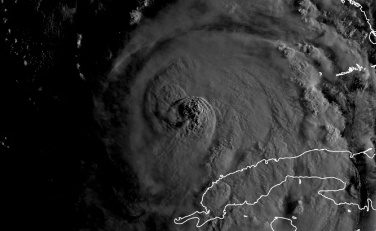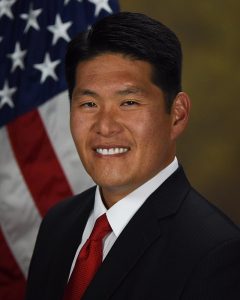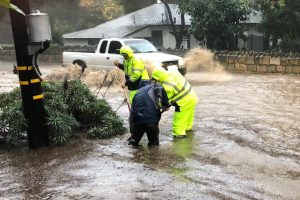As the National Hurricane Center had predicted, Tropical storm Idalia became a hurricane on Tuesday, as it continued to crawl toward Florida’s Gulf Coast, already having brought heavy rain and storm surge to Cuba.
Officials ordered evacuations in the low lying areas along the Gulf Coast to prepare for the incoming storm surge. Residents were urged to prepare for an expected Wednesday landfall, which the National Hurricane Center projected could have sustained winds of up to 120 mph. The storm’s growing intensity and its north-leaning path is expected to put 14 million Floridians under hurricane and tropical storm warnings along the Gulf of Mexico.
Also Read | Tropical Storm Idalia can become Category 3 hurricane, make landfall near Big Bend of Florida
Florida residents are already loading up on sandbags and evacuating from homes ahead of what could end up being a Category 3 hurricane at a time when the Sunshine state was still dealing with lingering damage from last year’s Hurricane Ian.
After the center of Idalia reaches the Gulf Coast on Wednesday, the hurricane slated to begin to move close to the Carolina coastline. Storm surge warnings have been for hundreds of miles of Gulf Coast shoreline, from the Sarasota area north through Tampa, all the way up to the Indian Pass at the western end of Apalachicola Bay.
Also Read | After earthquake, Hurricane Hilary, ‘locusts’ is next for California, joke social media users
“Right now, the biggest hazards are storm surge,” Robbie Berg, a senior hurricane specialist at the National Hurricane Center in Miami, said Tuesday morning. “We’re expecting a surge as much as 8 to 12 feet above normal tide levels in portions of the Big Bend area of Florida.”
Florida Governor Ron DeSantis said during a news conference on Monday afternoon: “Buckle up for this one. Do what you got to do. You still have time today. You have time for most of tomorrow.” He urging Floridians to prepare for the potentially dangerous conditions. He also added that he had spoken President Joe Biden and the director of the Federal Emergency Management Agency (FEMA), Deanne Criswell regarding the potential weather crisis headed their way.






